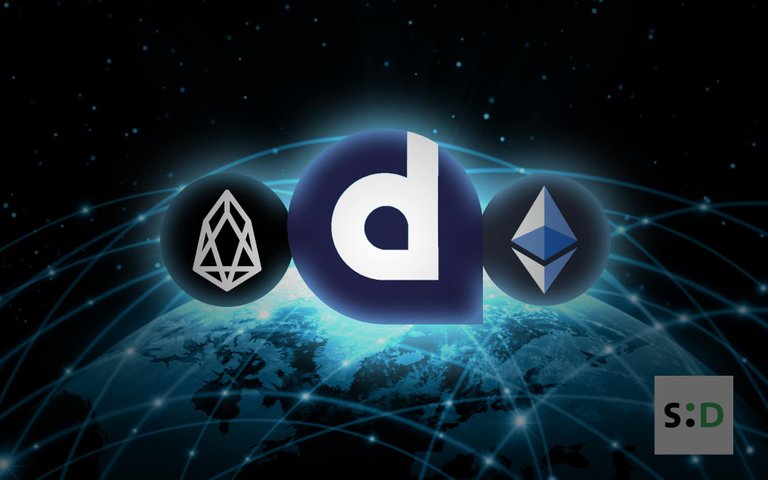
On July 18th 2019 Beni Hakak, CEO of LiquidApps, took to Twitter in order to post a cryptic message. The message came in the form of a simple poll which asked his followers which blockchain they wished to connect to EOS.
The LiquidApps team are respected within the EOS community and have on-boarded numerous dApps. As a result of this the tweet provoked an instant response from their following.
As you can see above, the clear winners of the poll are Bitcoin and Ethereum. While the tweet is lacking in detail, it does hint at the release of some form of Inter-Blockchain-Connectivity for the EOS blockchain.
On July 26th 2019, Beni returned to Twitter in order to follow up his previous message. This time including a video which confirmed what the majority of the community suspected: IBC is here.
The above linked tweet announces the release of a dApp within the LiquidApp platform. Said dApp provides the ability for EOS and ETH to essentially 'talk' to each other.
Within the video, the LiquidApps team spin up an EOS and ETH node using their platform. Then the video demonstrates the user creating a smart contract on their Ethereum node and sending a transaction which is also logged on their EOS node. Clearly demonstrating the interoperability of the two chains via the LiquidApps platform.
Scale ETH With EOS?
Many people took this suggestion as a hint that the ETH network was struggling to solve its scaling issues. And rightly so. The Ethereum network has been planning on releasing an updated protocol for some time but has frequently been hit with delays.
This brings into question whether Beni's tongue in cheek comment could actually be a viable solution. The speed of the EOS network has never been questioned, however its consensus algorithm has.
Due to the nature of DPOS systems (as used by EOS) 'decentralisation' can be a taboo subject. For example, the EOS network uses a voting system which relies on the number of EOS tokens people hold. This is susceptible to being corrupted via voter collusion.
While this may be the case for DPOS systems, PoW systems (such as ETH) are not susceptible to this kind of issue. However, the PoW consensus is old, costly and slow.
Taking the issues from each system into account it would seem like a no brainer for the two blockchains to work together.
Love, peace and happiness.
Original article: https://somethingdecent.co.uk/news/blockchain/have-liquidapps-solved-ibc-between-eth-and-eos